 Red Grouse in heather
Red Grouse in heather From the moment a pair of red grouse raised their heads proud of the heather, they had our attention. For a heavy-bodied bird, grouse conceal themselves well in their heather habitat- when they choose. They’re ground -nesting birds and heather gives them shelter and cover. Young heather shoots form much of their diet and we watch them dipping their heads to pluck seeds with bills slightly hooked at the tip. The fleshy red eye-combs are distinctive and can be raised proud. The head, neck and upper breast are rich rust coloured.
A brown hare runs across the unfenced road, two more hunker down in long grasses. We’re struck by the pale legs of red grouse and, using our vehicle as a hide, we watch one feeding in heather, then seeming to ingest loose gravel at the side of the road. We wait, hoping the bird will come into the open so we can see its white feathered toes clearly. And we’re in luck.
Red grouse are game birds and patterns in the heather show where controlled burning creates a mosaic of skeletal burnt shrubs where new shoots will grow, intermixed with deeper heather that provides shelter and the cover needed for ground-nesting birds, both red grouse and moorland species.
Dry heath is managed to provide habitat for game birds, and at best for curlew, lapwing, hen harrier, merlin and short-eared owl. And for the brown hare we see repeatedly.
The importance of heather and deep peat with sphagnum moss is increasingly recognised for flood prevention, and for carbon sequestration. So the underlying science informs management and the reconciliation of sometimes conflicting interests. A lady at Masham Tourist Information tells us her son is a gamekeeper and she’s rather indignant that red grouse, as a game bird, is not included in the count of rare birds on heather moorland.
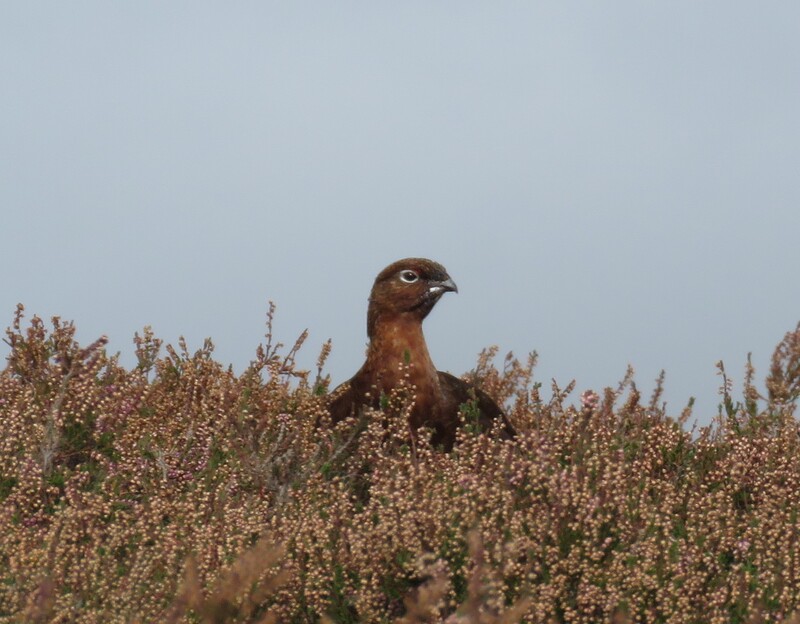
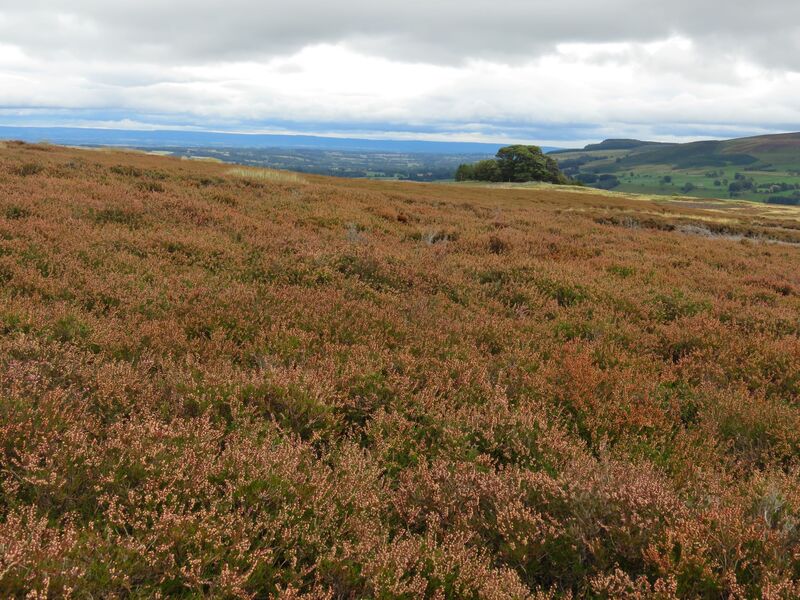

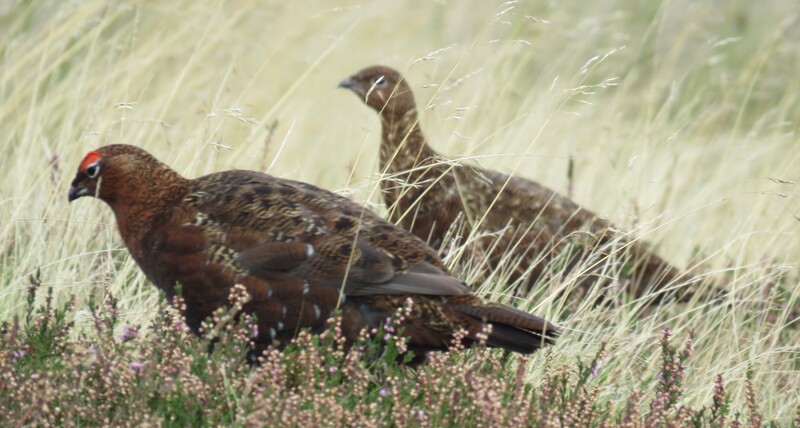
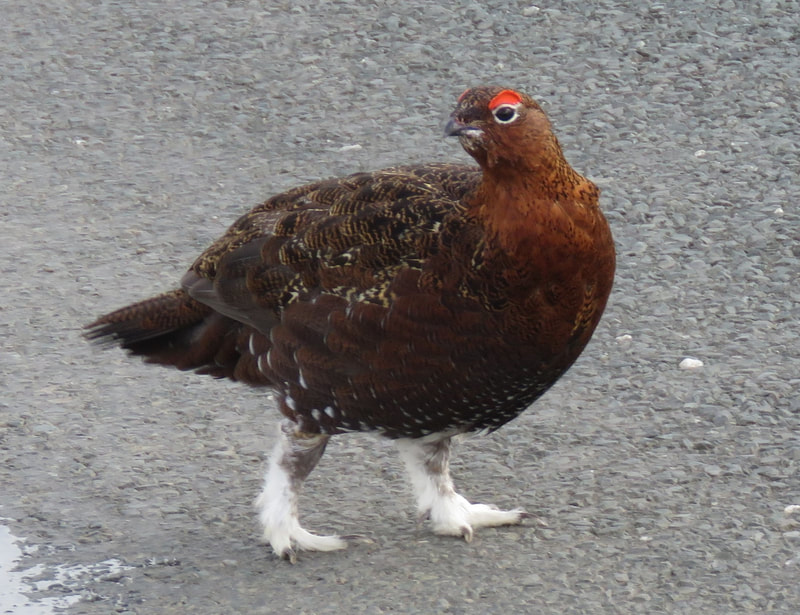
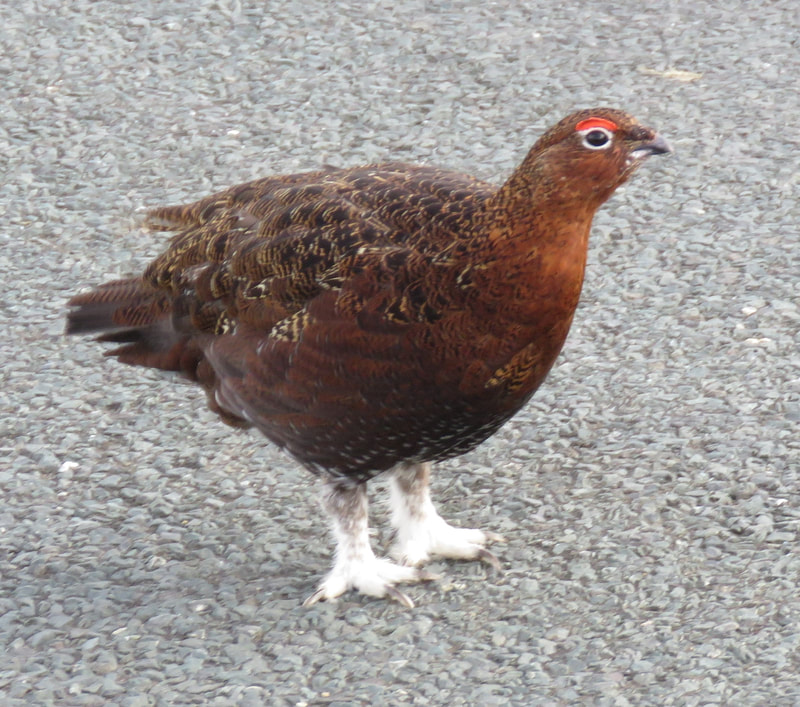
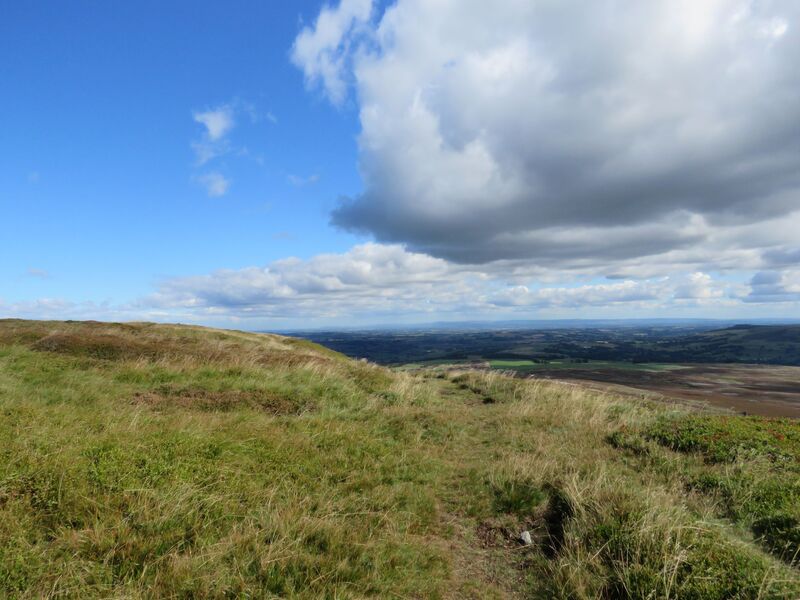
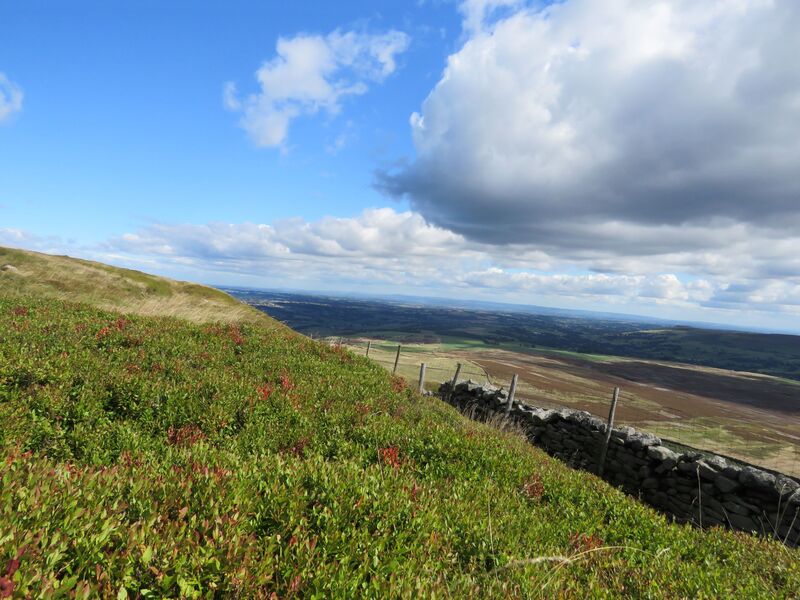
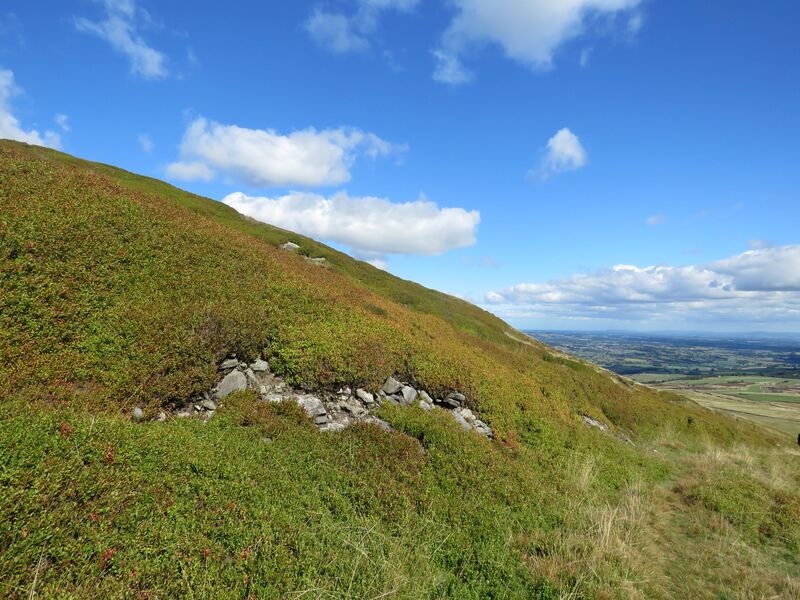
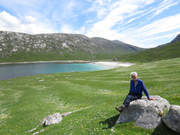
 RSS Feed
RSS Feed